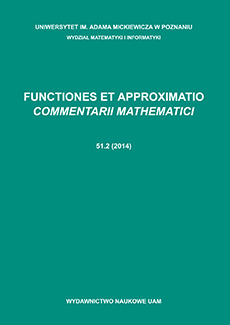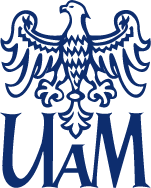Abstract
In 1873 Hermite proved the transcendence of the basis $e$ of the natural logarithm. In the more than 140 years since this paper was published, several quite different proofs were given (see Transcendental Numbers by N.I. Fel'dman and Yu.V. Nesterenko, Springer 1998). One of the best known versions goes back to Hurwitz, who used divisibility properties to show that a certain linear form doesn't vanish. Recently I generalized this method (see [20]), using some results on higher congruences going back to Dedekind and Hasse. We regained a former result of Carlson on linear independence of certain values of the function $$G(x) = \sum_{n=0}^\infty ~ \frac{x^n}{Q(1)\cdots Q(n)},$$ $Q$ a certain polynomial. Here I change the method used in [20] (see Chap. 5) to give a new proof of Galochkin's measure for the $\mathbb{Q}$--linear independence of these values.
Citation
Rolf Wallisser. "A measure for the linear independence of values of a certain generalization of the exponential function." Funct. Approx. Comment. Math. 35 339 - 357, January 2006. https://doi.org/10.7169/facm/1229442632
Information





